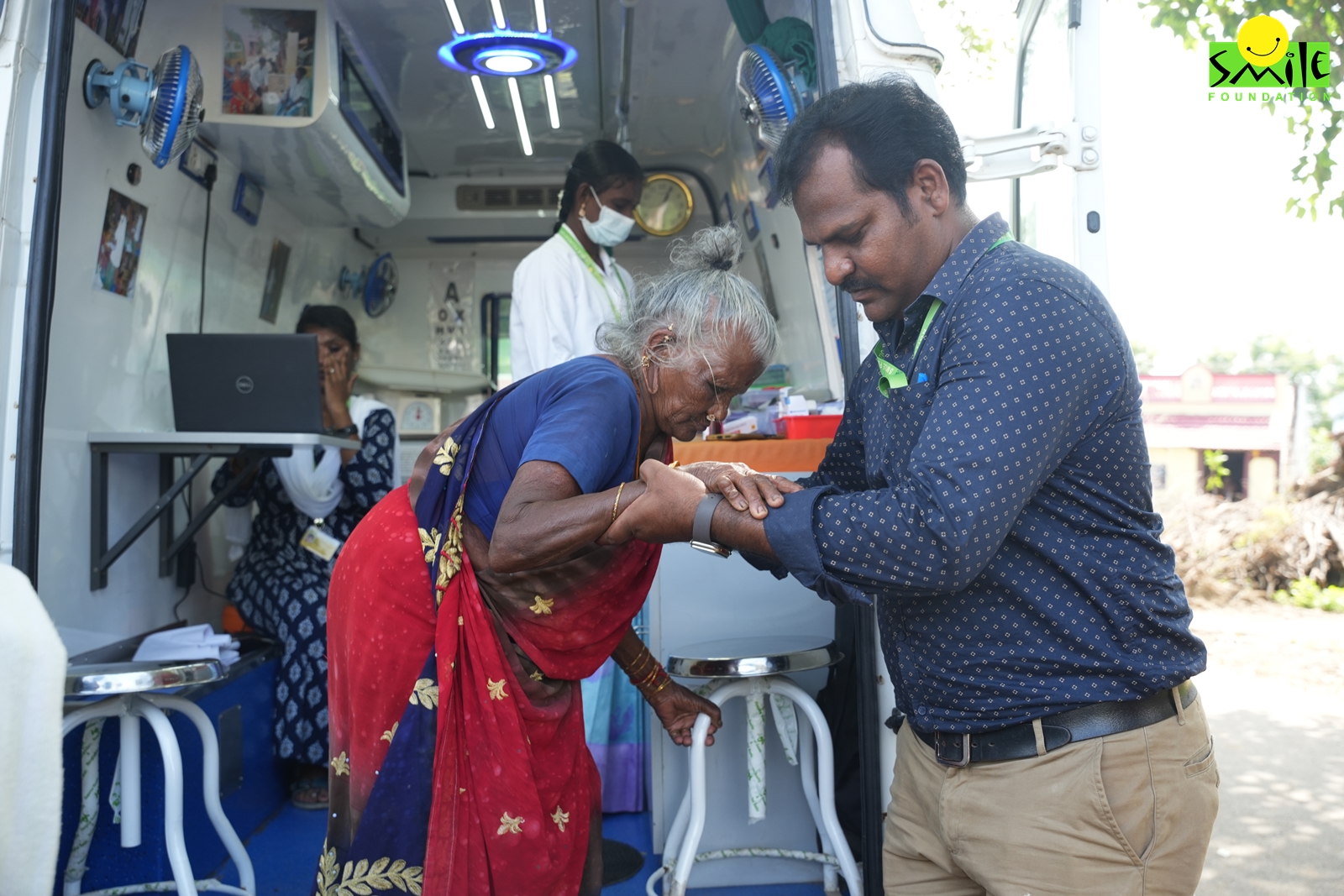Every year on October 10th, World Mental Health Day is observed to raise awareness about mental health issues around the world and mobilise efforts in support of mental health. Mental well-being is no longer a topic confined to hushed conversations. It has become a priority in public health, recognised as integral to overall well-being and community resilience. According to the World Health Organization (WHO), nearly one billion people worldwide suffer from some form of mental disorder, yet mental health services remain largely inaccessible, underfunded, and stigmatised. The COVID-19 pandemic further worsened this crisis, unveiling deep-rooted flaws in mental health systems across the globe. This World Mental Health Day, let’s reflect on the journey ahead in creating a world where mental health is treated with the same urgency as physical health.
The Global Burden of Mental Health Disorders
Globally, mental disorders account for 1 in 6 years lived with disability, yet they receive less than 2% of national health budgets in most countries. Depression alone affects 280 million people globally and nearly 720,000 people die by suicide each year, making it one of the leading causes of death among 15-29-year-olds. In addition, anxiety disorders affect over 264 million individuals worldwide. The economic burden of mental health disorders is staggering—by 2030, the global economy is projected to lose up to $16 trillion due to untreated mental illnesses, through reduced productivity and healthcare costs.
In India, the statistics are equally alarming. Evidence suggests that approximately 150 million Indians require mental health care interventions, yet fewer than 30 million are receiving them. The treatment gap in India for common mental health disorders is between 70% and 92%. Suicide rates in India are among the highest in the world.
Stigma and Barriers to Mental Health Care
A major barrier to addressing mental health globally is the pervasive stigma surrounding it. In many cultures, including India, mental illness is often seen as a personal or spiritual failure, leading to stigma, social isolation and underreporting. Stigma extends to healthcare professionals as well, many of whom are not adequately trained to address mental health issues with sensitivity and care.
There is also a severe shortage of mental health professionals globally, with an average of 13 mental health workers per 100,000 people. In low-income countries, this number is much lower. India, for instance, has only 0.75 psychiatrists per 100,000 people, compared to the global recommendation of 3 per 100,000. This gap in healthcare infrastructure leads to delayed treatment, poor outcomes and exacerbation of mental health conditions.
Mental Health in the Workplace
Mental health issues are increasingly coming to light in the workplace. Thus, WHO has identified “Mental Health At Work” as the theme for this year. The WHO has identified depression and anxiety as leading causes of lost productivity globally, with an estimated cost of $1 trillion per year to the global economy. In India, a survey by Deloitte revealed that 47% of professionals identified workplace-related stress as the primary factor impacting their mental health. Around 80% of the Indian workforce has reported mental health issues over the past year. The survey estimated that poor mental health costs Indian employers around $14 billion annually in absenteeism, lower productivity and attrition.
Many companies are beginning to recognize the importance of mental health support for their employees. Initiatives like the Employee Assistance Program (EAP), supported by leading corporations, aim to create mentally healthy workplaces by fostering an environment where mental health is prioritised and stigma is reduced.
Mental Health in the Digital Age
With the rise of digital technologies, mental health interventions have taken new forms. Telemedicine and mental health apps are bridging the gap between patients and healthcare providers, particularly in underserved areas. Platforms like Talkspace and BetterHelp have made mental health services more accessible, affordable and private. In India, initiatives like e-Sanjeevani, a government-backed telemedicine platform, are gaining traction, especially in rural areas where access to mental health professionals is limited.
However, digital solutions also have their challenges. The digital divide—where access to technology is limited—remains a significant barrier, especially in developing countries like India. Furthermore, the use of technology in mental health must be paired with robust data protection laws to ensure patient privacy and trust.
Initiatives to Improve Mental Health
The Sustainable Development Goals (SDGs) have recognized the importance of mental health. Specifically, SDG 3.4 aims to promote mental health and well-being. The WHO’s Mental Health Action Plan 2013-2030 outlines a strategy for countries to develop accessible, community-based mental health services. It advocates for mental health inclusion in universal health coverage, increased funding, better training and expanded public awareness efforts.
In India, the government has launched several initiatives to tackle the mental health crisis. The Mental Healthcare Act of 2017 decriminalised suicide and guaranteed every individual the right to mental health care. The National Mental Health Programme (NMHP) aims to integrate mental health services into primary healthcare, making it more accessible to people across rural and urban settings.
The Bottom Line
World Mental Health Day reminds us of the urgent need for collective action in addressing the global mental health crisis. As mental health becomes an increasingly recognised component of public health, we must move from awareness to action. The future of mental health lies in universal, accessible and compassionate care systems that prioritise the well-being of every individual. Prioritising mental health funding and integrating services into existing healthcare frameworks is the need of the hour.
Public awareness campaigns are essential to reduce stigma and encourage early intervention. Training healthcare professionals, particularly at the primary care level, can help close the treatment gap. Collaborations between civil society, governments, NGOs and the private sector are equally crucial for building sustainable mental health systems. By bridging gaps in infrastructure, reducing stigma and leveraging technology, we can create a world where mental health is seen not as a luxury but as a fundamental human right.









